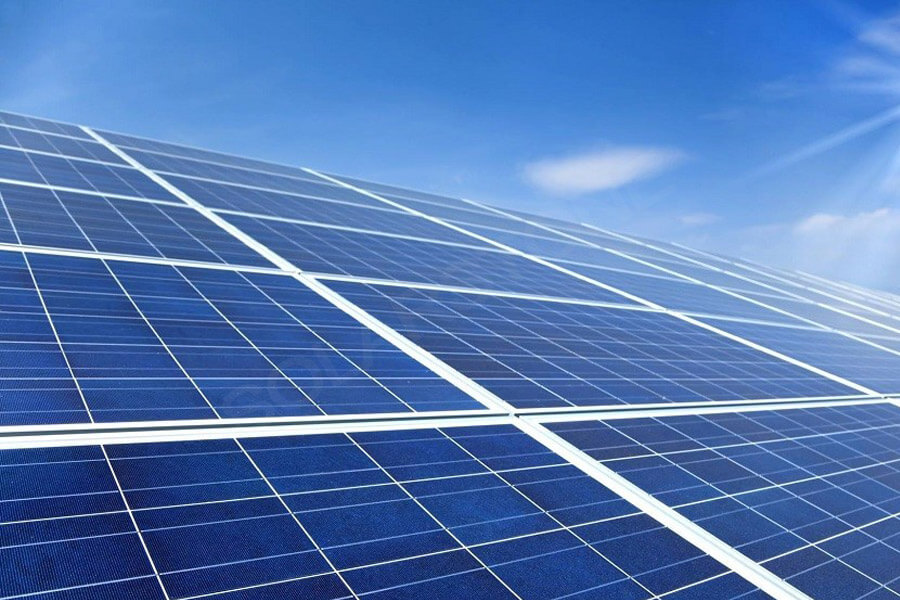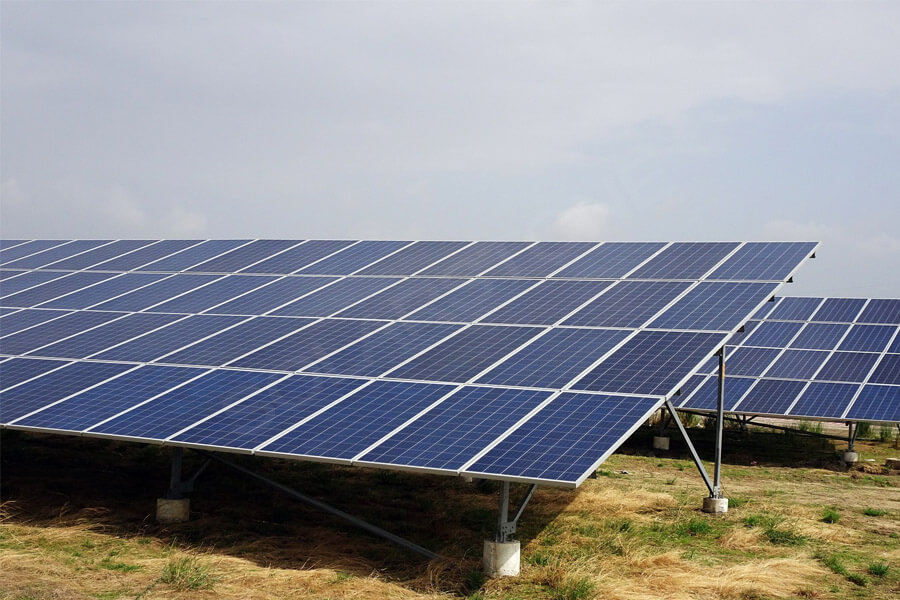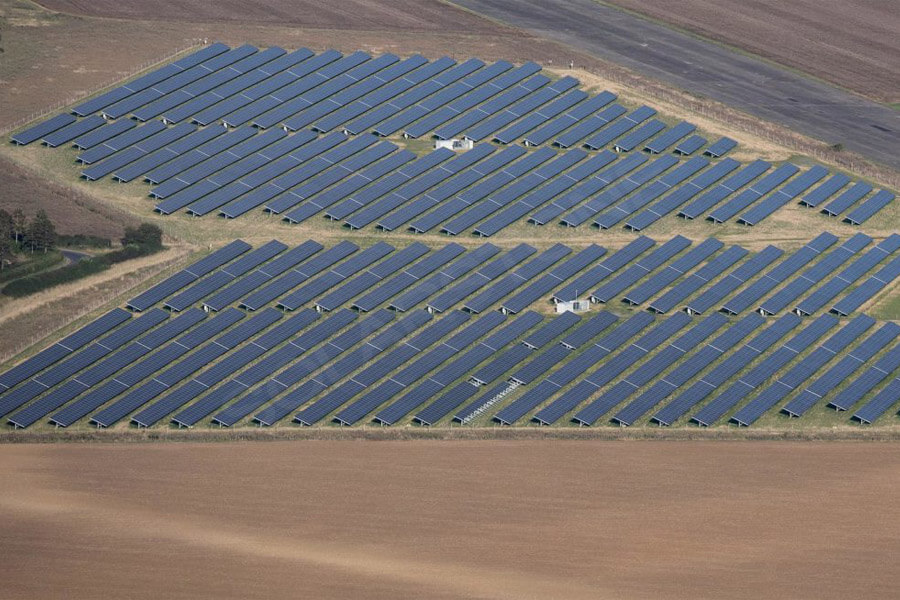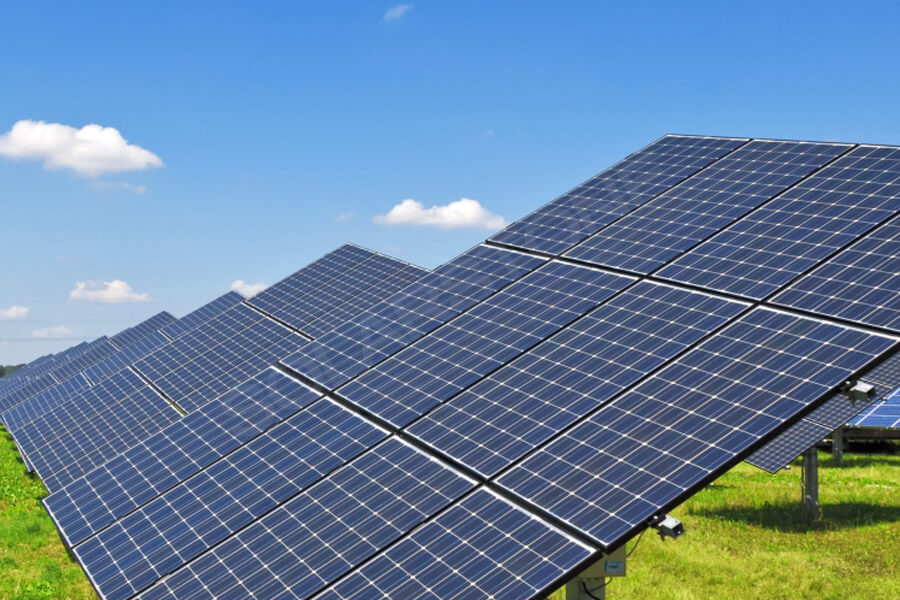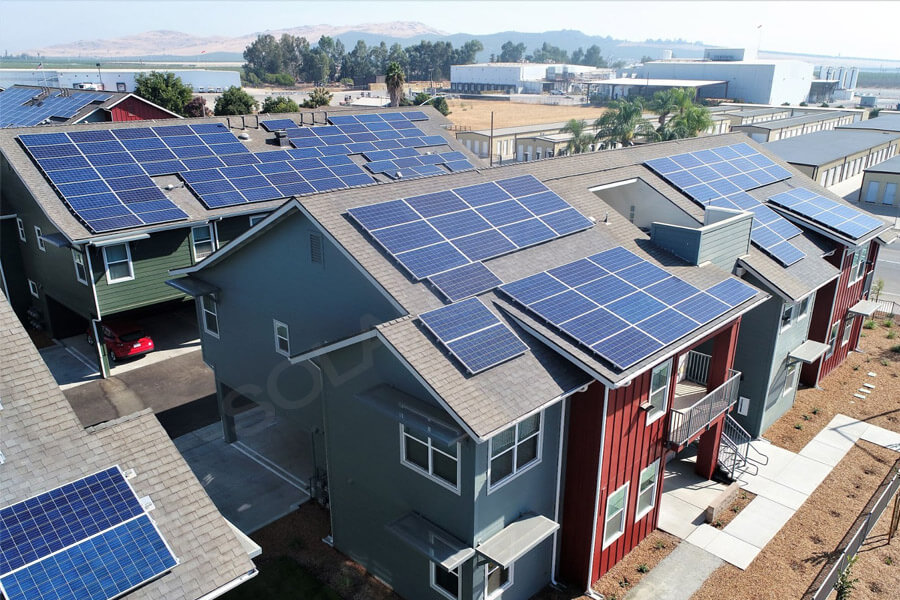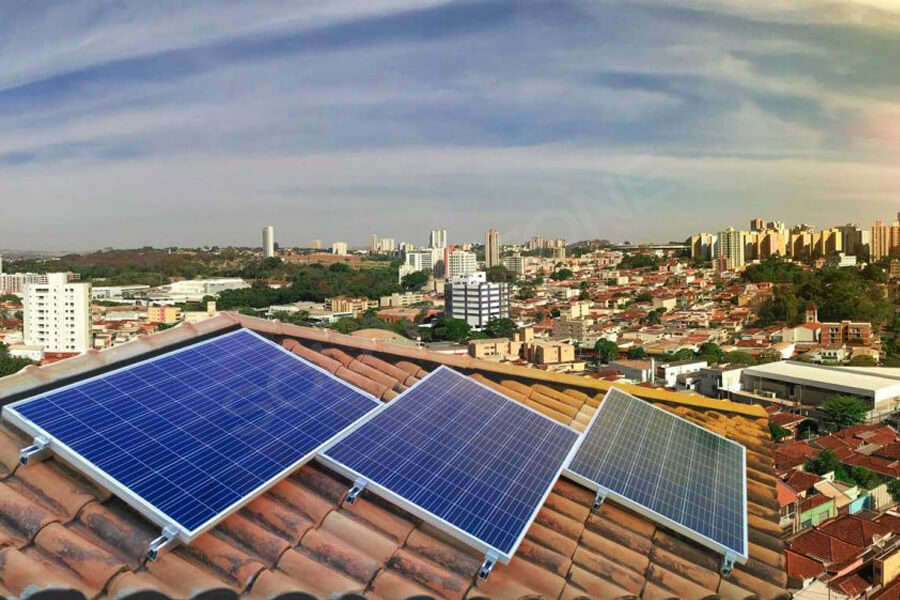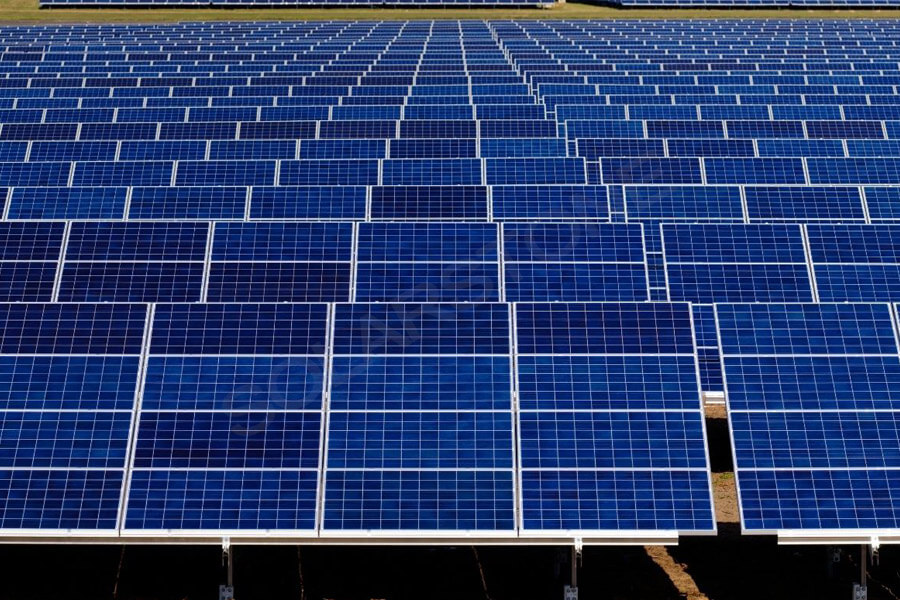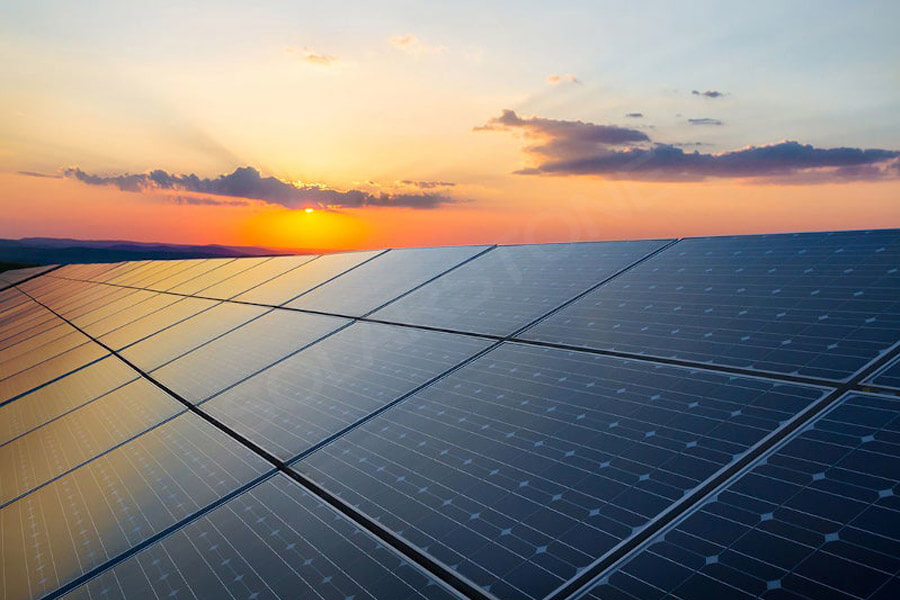11. How to ensure efficient and reliable operation of photovoltaic systems for 25 years?
Firstly, strict quality control is implemented in product selection, and brand photovoltaic module manufacturers guarantee that the photovoltaic module power generation will not encounter any problems for 25 years:
① Photovoltaic module power generation with a 25 year warranty to ensure module efficiency
② Having a national level laboratory (in conjunction with a strict quality control system on the production line)
③ Large scale (the larger the production capacity, the larger the market share, and the more obvious the economies of scale)
④ Strong reputation (the stronger the brand effect, the better the after-sales service)
⑤ Whether to only focus on solar photovoltaic (100% of photovoltaic companies and companies with only subsidiaries engaged in photovoltaic have different attitudes towards industry sustainability).
In terms of system configuration, it is important to choose the most compatible inverter, combiner box, lightning protection module, distribution box, cable, etc. to match the photovoltaic components.
Secondly, in terms of system structure design and fixation with the roof, choose the most suitable fixation method and try not to damage the waterproof layer (i.e., do not use expansion bolts on the waterproof layer for fixation).
Even if repairs are needed, there is a potential risk of future water leakage. In terms of structure, it is necessary to ensure that the system strength is sufficient to cope with extreme weather conditions such as hail, lightning, typhoons, and heavy snow, otherwise it is a hidden danger to roof and property safety for 20 years.
12. Does the roof have a cement tile structure that can withstand the weight of the photovoltaic system?
The weight of the photovoltaic system does not exceed 20 kilograms per square meter, and generally, as long as the roof can bear the weight of the solar water heater, there is no problem.
13. How can the power supply bureau accept the system installation after it is completed?
Before the system design and installation, a professional installation company should assist you in applying for a suitable installed capacity to the local power supply bureau. After submitting the owner’s basic information and personal distributed photovoltaic application form, construction should begin.
After completion, the power supply bureau should be notified. Within 10 days, the power company will send technical personnel to inspect the project on site and replace the photovoltaic two-way meter for free to measure the power generation, in order to facilitate subsequent subsidy settlement and payment.
14. How to deal with issues such as lightning strikes, hail, and electricity leakage in the safety of home photovoltaic power generation?
Firstly, equipment lines such as DC combiner boxes and inverters have lightning and overload protection functions. When abnormal voltages such as lightning strikes and leakage occur, it will automatically turn off and disconnect, so there is no safety issue.
Moreover, all metal frames and brackets on the roof are grounded to ensure safety during thunderstorms. Secondly, the surface of photovoltaic modules is made of ultra strong impact resistant tempered glass, which has undergone rigorous testing (high temperature and humidity) when certified by the European Union. It is difficult to damage photovoltaic panels in general weather.
15. How can I determine if I can work on commercial photovoltaic systems?
Usually, the following information is required for evaluation:
(1). The remaining years of the land lease term, or whether it is a self owned land parcel (with complete documents);
(2). The nature of electricity consumption and the total annual electricity consumption;
(3). The total roof area and roof structure (cement, colored steel tiles, ordinary iron sheet).
16. What services are provided?
Provide one-stop services, including scheme design, system equipment, transportation and installation, technical support for grid connection, and after-sales service.
17. What equipment does distributed photovoltaic power generation include?
Main equipment: solar panels, inverters, AC/DC distribution boxes, photovoltaic metering meter boxes, brackets;
Auxiliary equipment: photovoltaic cables, AC cables, pipe clamps, lightning strips, and lightning grounding. Large power plants also require transformers, distribution cabinets, and other auxiliary equipment.
18. What is the installation area of distributed photovoltaic power generation?
To calculate based on the actual usable area of your roof, taking 1KW as an example, a sloping roof requires an area of 8 square meters; A flat roof requires an area of 10 square meters. If the capacity is increased, it can be pushed like this.
19. How is my income calculated?
The revenue includes three parts: electricity saved for self use, national subsidies and some local subsidies, as well as electricity revenue from selling electricity to power companies.


